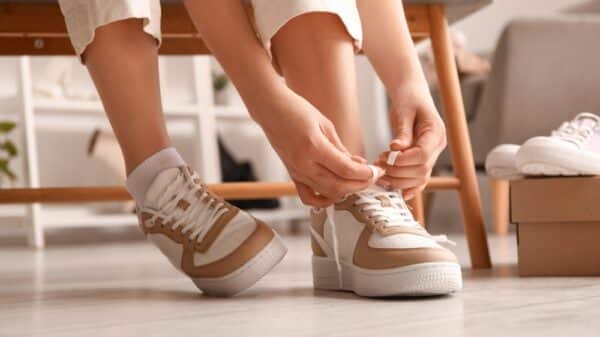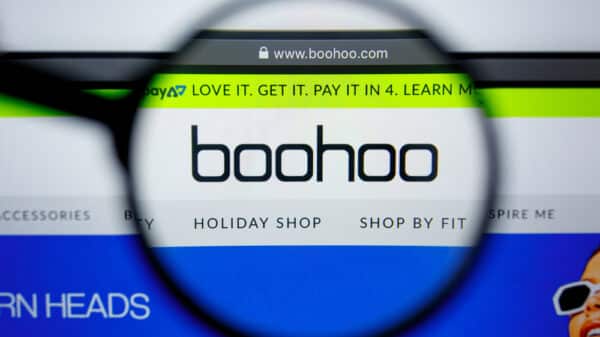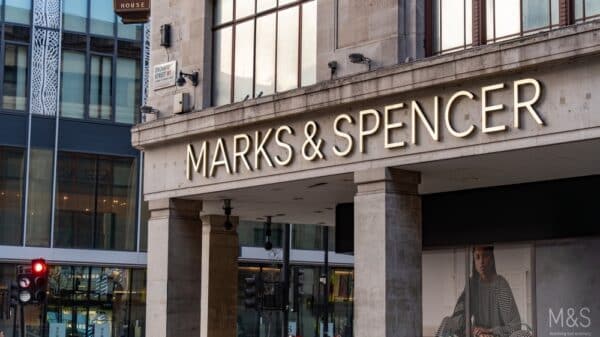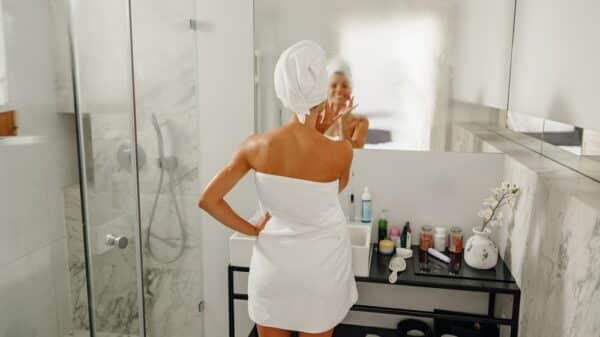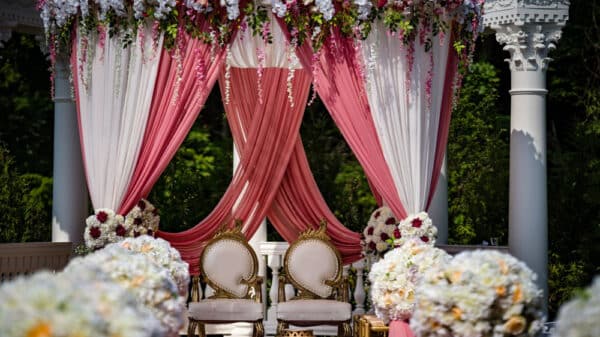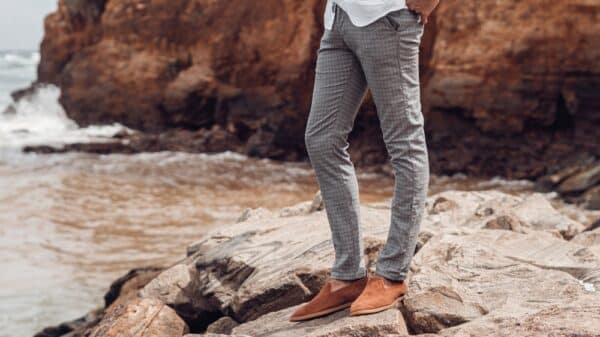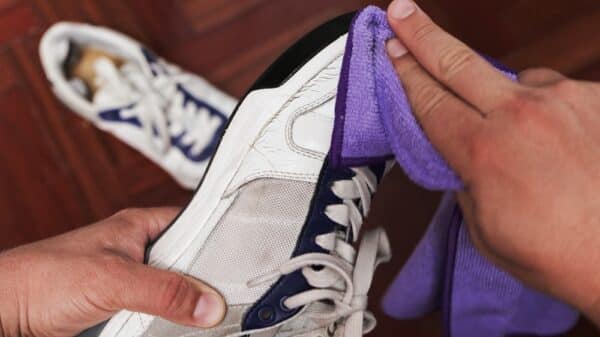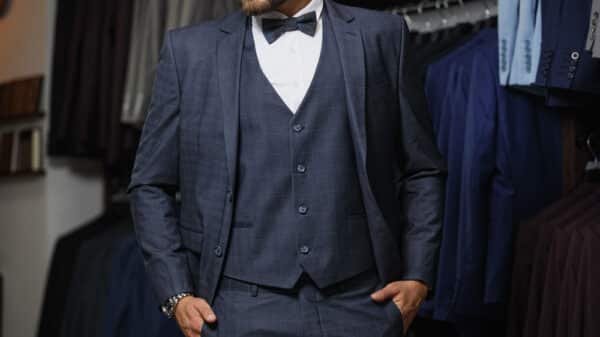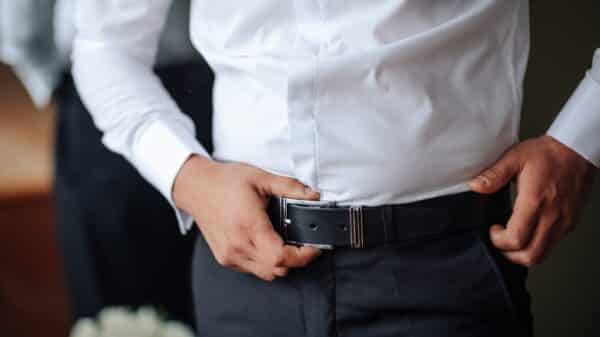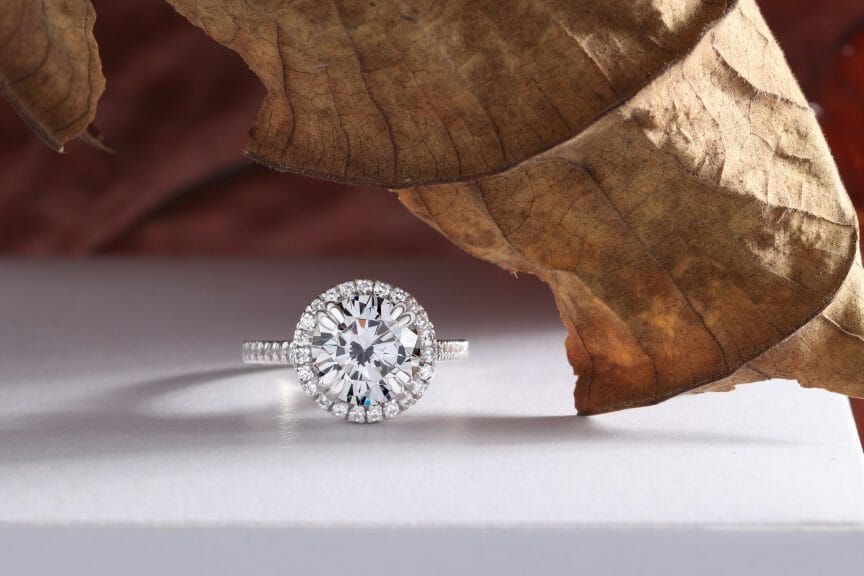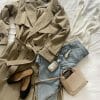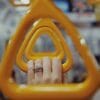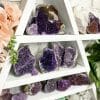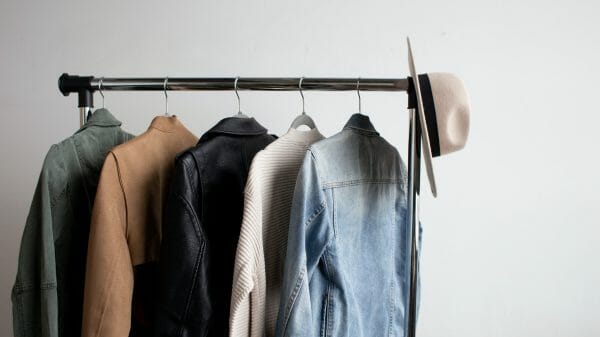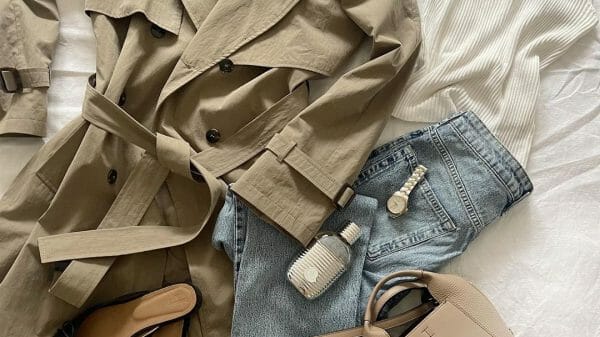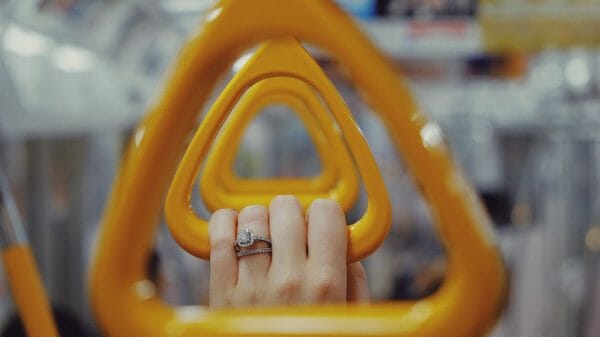Dubai is often a dream destination for jewelry lovers, a city that sparkles with luxury shops showcasing a dazzling array of diamond and gold pieces. With its reputation as a major player in the global jewelry market, finding a stunning diamond here can feel like winning the lottery. However, amidst the allure of competitive prices and opulent storefronts, it’s crucial to step cautiously, especially given the unfortunate occurrences of counterfeit diamonds making their way into the market.
If you’re considering a diamond purchase in Dubai or anywhere else, it’s important to arm yourself with knowledge. Here are some essential tips that can help you determine whether that sparkling stone you have your eye on is the real deal.
One of the first steps is to look for diamonds that come with a GIA certificate. The Gemological Institute of America (GIA) is renowned in the world of gemstones, and its certification is a strong assurance that your diamond is genuine. Alongside GIA, the American Gem Society (AGS) and the European Gemological Laboratory (EGL) are also reputable certifying bodies. When you inspect a diamond, check for a laser inscription on the girdle—this often consists of the GIA or AGS report number. While this little engraving can be tough to spot with the naked eye, a loupe or microscope will reveal it easily.
Next, let’s talk about watermarks. Ever notice a raised image, like an axe or scepter, when you hold a diamond up to the light? This watermark can be an indicator of authenticity. While you might not notice this feature at first glance, taking a moment to look closely can provide peace of mind about what you’re considering.
Fluorescence also plays a vital role in determining authenticity. Under UV light, many diamonds will emit a soft glow. While some people regard fluorescence as a drawback, it’s often a hallmark of real diamonds. For instance, the famous Hope Diamond has strong fluorescence, adding to its allure and mystique.
When making your big purchase, don’t hesitate to ask for a grading report. A reputable lab, like GIA or AGS, will provide a detailed analysis of the diamond’s characteristics—things like carat weight, cut, color, and clarity that all impact value. This report is akin to a health certificate for your diamond; you wouldn’t buy a pet without knowing it’s in good shape, right?
It’s also wise to be cautious if you come across a deal that seems too amazing to be true. If you see an unrealistically low price, especially on loose diamonds, reconsider the purchase. Phony stones can be convincing, but sticking to trusted and reputable dealers will safeguard you against deception.
Take a moment to examine diamond clarity, too. Authentic diamonds typically boast impressive clarity, showing minimal cloudiness and few inclusions. You might want to view the stone through a microscope to examine its imperfections. This attention to detail can often reveal if the diamond is up to par.
It’s essential to familiarize yourself with the different types of diamonds available. For example, lab-grown diamonds are identical to natural diamonds; they’re just created in a controlled environment. In contrast, synthetic diamonds are designed to mimic genuine stones, but they don’t actually have the same properties. Then there are imitation diamonds, like cubic zirconia or moissanite, which are crafted from entirely different materials.
Finally, take the time to do your homework before making that all-important purchase. Understanding what you want and the different factors that influence a diamond’s value can help you make an informed decision. Reputable dealers usually showcase diamonds certified by GIA or AGS, which is a good sign.
Should you ever find yourself feeling unsure about a diamond’s authenticity, seeking guidance from a trusted jeweler or gemologist can be incredibly reassuring. It’s better to ask questions and be certain than to have doubts about your precious purchase later.
In conclusion, identifying a genuine diamond involves a few straightforward steps: verifying GIA certification, observing watermarks, requesting a grading report, staying alert for unrealistic deals, inspecting clarity, and doing thorough research. Remember, purchasing a diamond should be a joyful experience, and enlisting the help of experts can make all the difference in ensuring you find exactly what you’re looking for. Your ultimate goal is to walk away not just with a beautiful stone, but with assurance that it’s a treasure worth keeping.



